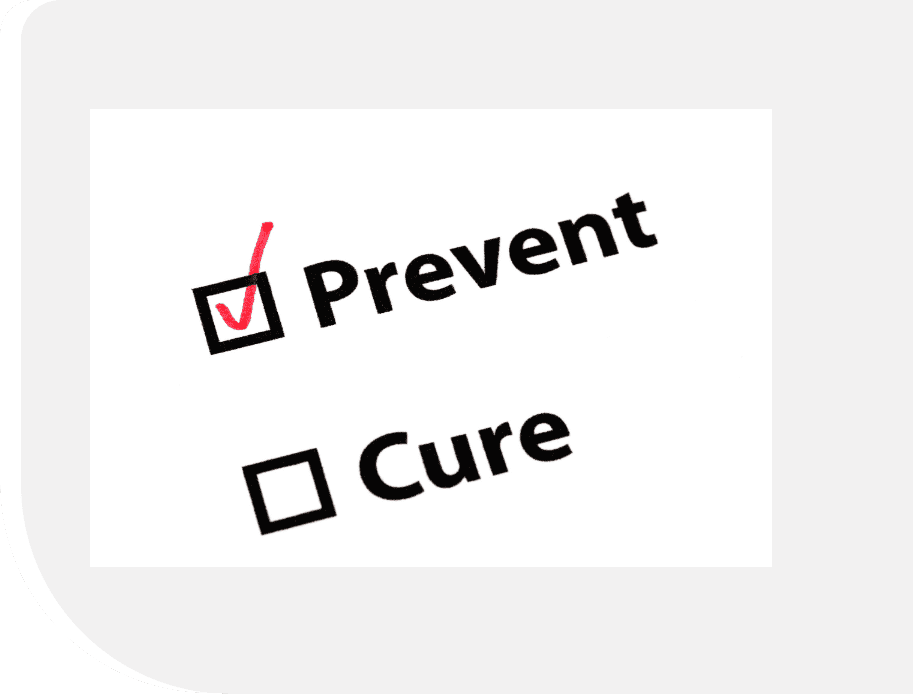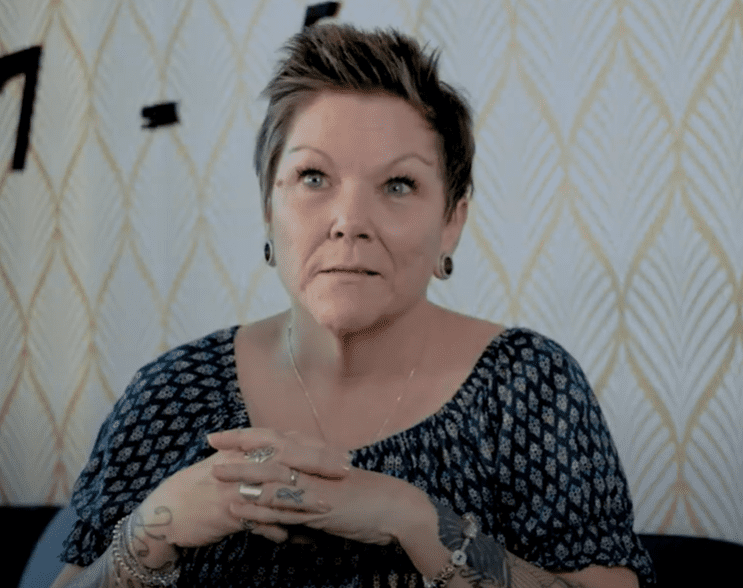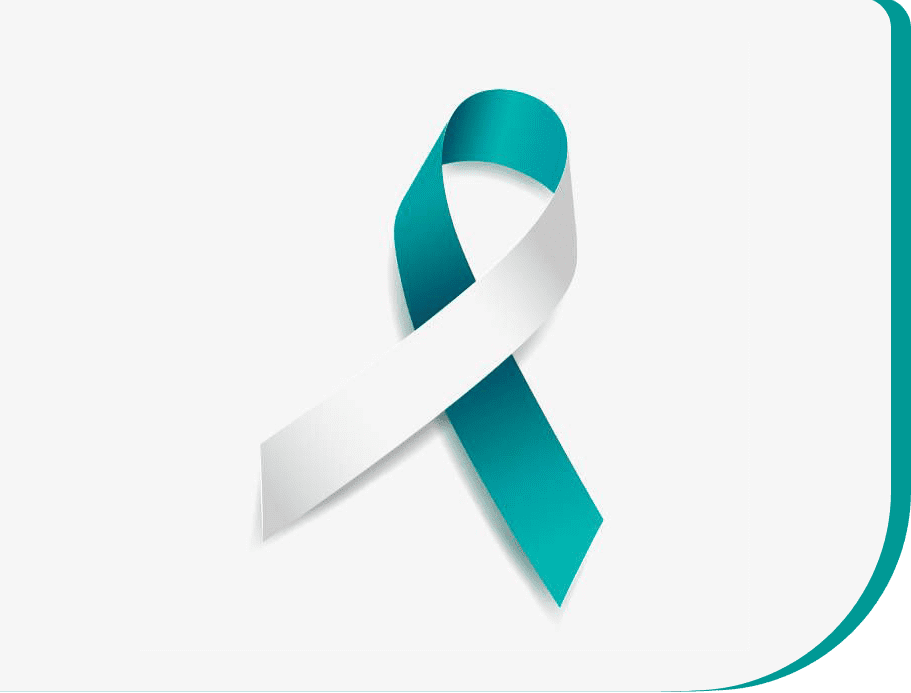
Cervical cancer is almost 100% preventable with screening and early treatment.
Cervical cancer screening, with a Pap test, screens for pre-cancer or cancer cells on a person’s cervix. You need a Pap test every 3 years if you:
- Are a woman, trans or non-binary person with a cervix
- Are between 25 and 70 years of age, and
- Have ever been sexually active.
You can stop screening at the age of 70 if you had 3 or more normal pap tests in the last 10 years.
Ask your family doctor or nurse practitioner about the HPV vaccination. HPV is the virus that causes cervical cancer. You can help protect yourself against cervical cancer by receiving the HPV vaccination.
The Ontario Cervical Screening Program
The Ontario Cervical Screening Program sends out a reminder letter every 3 years to persons eligible for screening. Call your family doctor or nurse practitioner to book an appointment for a Pap test when you receive your letter.
Go to a sexual health clinic for your pap test if you do not have a family doctor or nurse practitioner. Use the map below for a list of locations near you.
Click here to watch Jane's Cervical Cancer video and hear her message about the importance of cervical screening.
Cervical Screening Locations (Pap Tests)


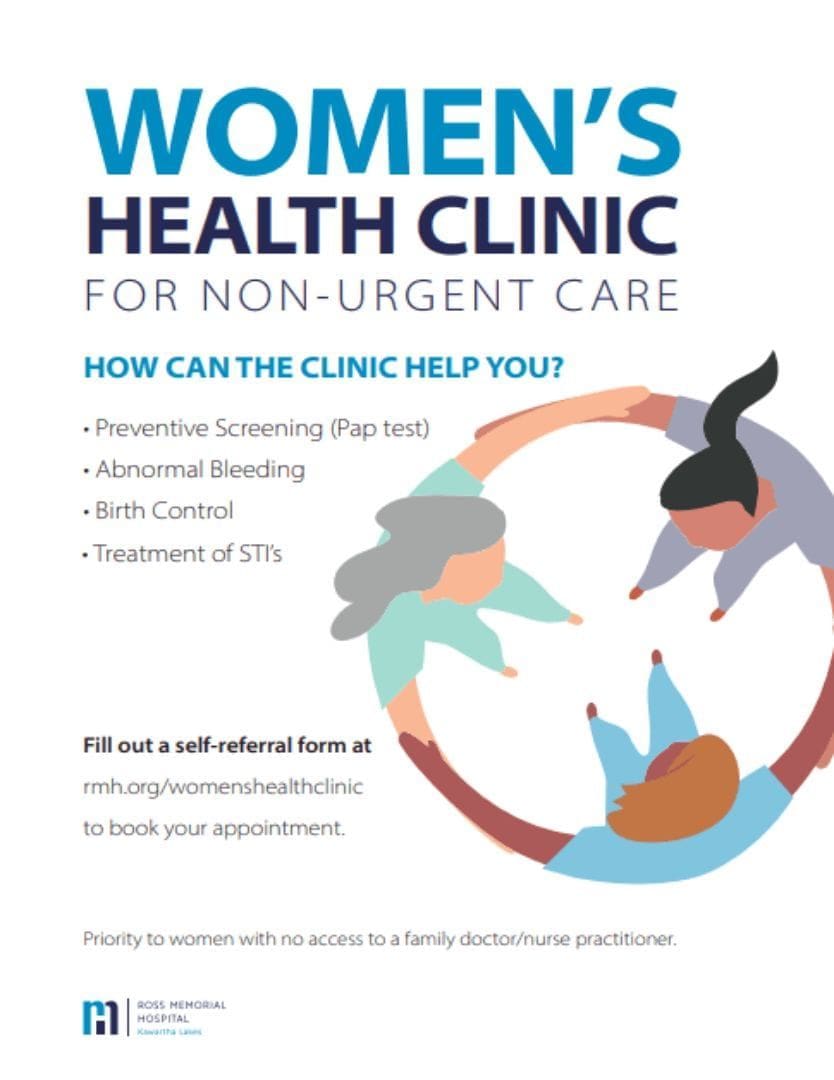

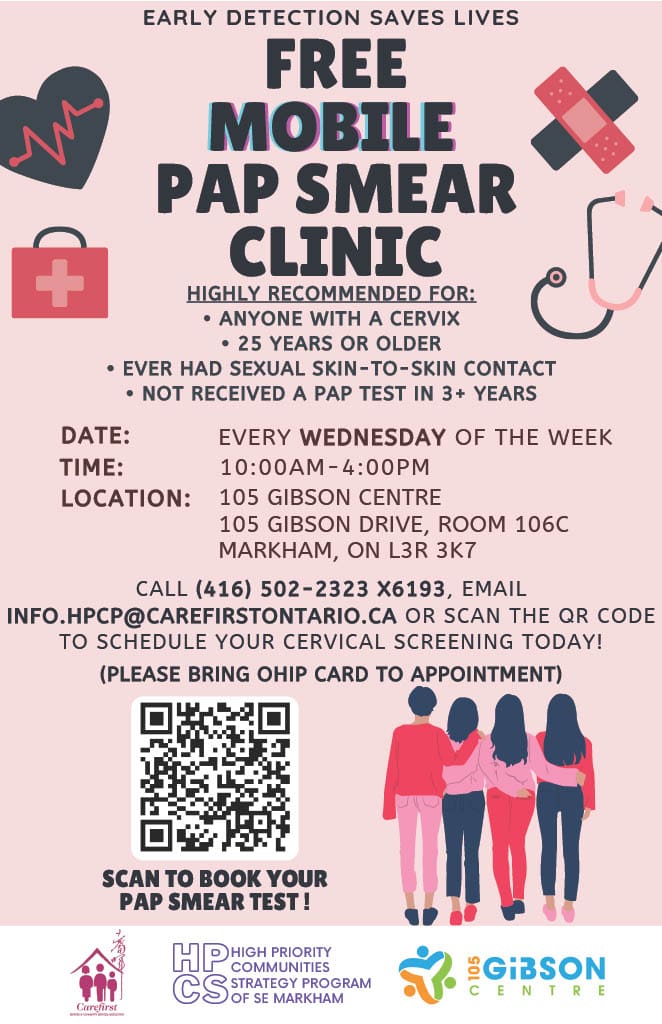
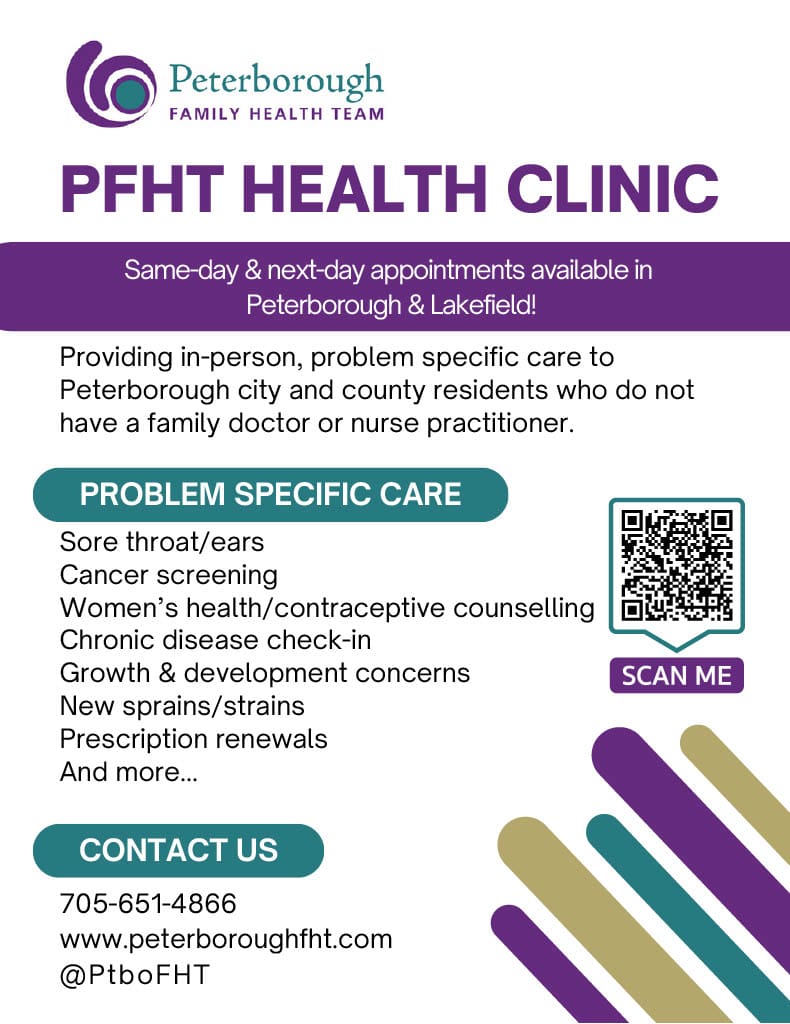
Cervical Cancer Screening Locations
Use the map below to find a cervical cancer screening location close to you.
What You Can Do to Lower Your Risk of Cervical Cancer:
Cervical cancer is caused by the Human Papillomavirus (HPV), a common sexually transmitted virus.
To lower your risk of cervical cancer:
Reduce your exposure to HPV : The more sexual partners you have, the greater your risk of being infected with HPV. Your risk may also be increased if a partner is a carrier of HPV or has had multiple sexual partners in the past. Most HPV infections occur in the first few years of sexual activity.
Get vaccinated against HPV: Ask your family doctor or nurse practitioner if the HPV vaccination is right for you. The HPV vaccine is available to all Grade 7 students in Ontario. Adults can receive the vaccine as well. The vaccine prevents most but not all cervical cancers. You still need to be screened regularly for cervical cancer even if you received the vaccine.
Do not smoke: Your risk of cervical cancer increases by up to 80% if you have a high-risk strain of HPV and you smoke. Smoking affects your immune system, making it harder for your body to fight off infection.
Have a Pap Test (every 3 years): Pap tests check for cell changes in your cervix caused by an HPV infection. Cervical cancer can sometimes be prevented by finding cell changes early and treating them before they become cancer.
